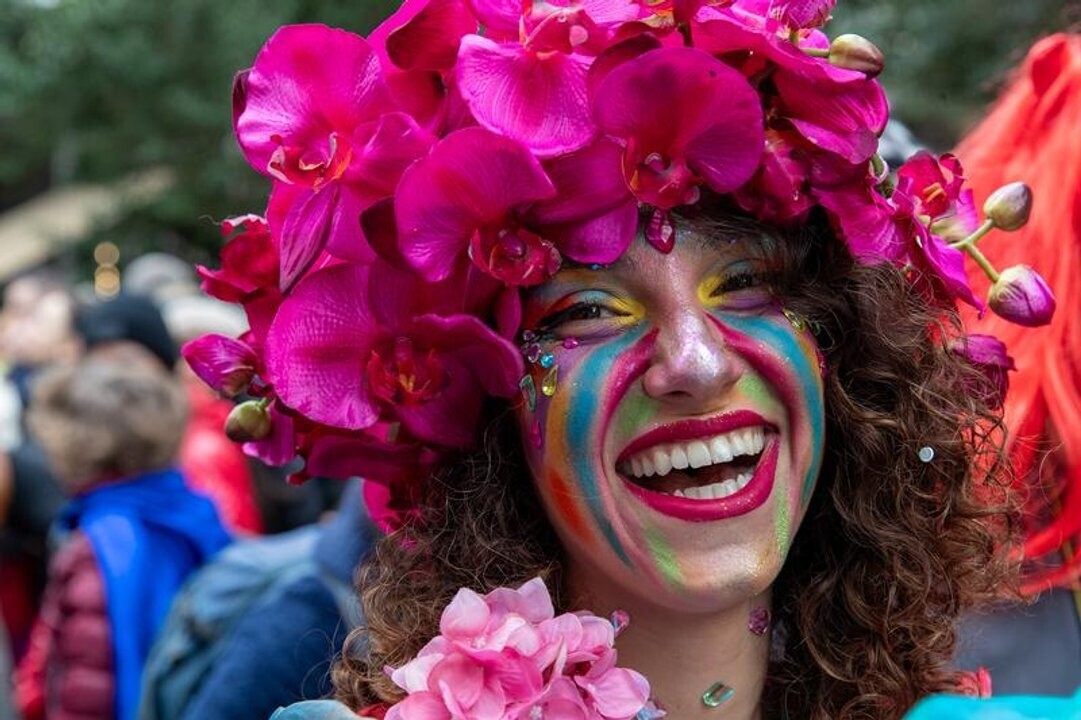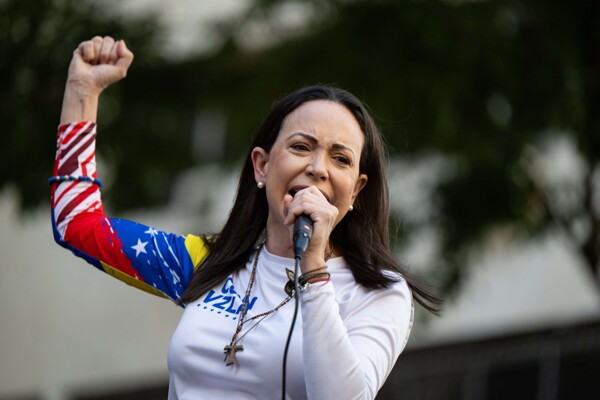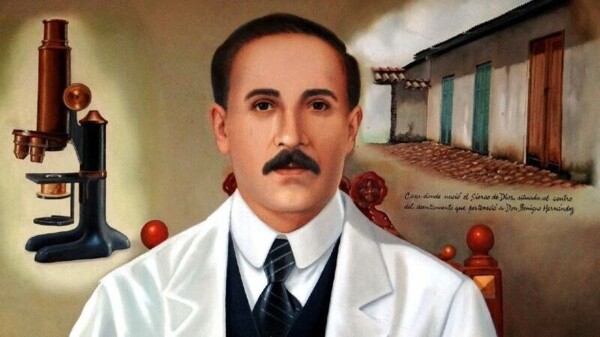
Carnival festivities have begun in Venezuela, with various celebrations across the country. In the state of Anzoátegui, the beaches of Lechería and Puerto La Cruz have become centers of joy, offering recreational activities and outdoor concerts. In the southeast, the Carnival of El Callao is one of the most emblematic events, recognized as Intangible Cultural Heritage of Humanity by UNESCO.
In the state of Carabobo, the residents of Puerto Cabello enjoyed their traditional parade of floats and comparsas. Meanwhile, in Mérida, the festivities included sports competitions, gastronomic fairs, and cultural events that highlight Andean identity amidst the Carnival revelry.
Throughout the Venezuelan Caribbean coast, thousands of families began to enjoy the sun, music, and traditions that mark the start of one of the most anticipated celebrations of the year. Cities such as Caracas have combined parades, concerts, and family activities in large squares and boulevards, with a varied program that attracts people of all tastes.
In other regions like Sucre and the island of Margarita, Carnival takes on a more Caribbean air with comparsas filling the streets with rhythm and color. Each region contributes its own essence to the celebration, reflecting the joy and creativity of the Venezuelan people.
In Zulia, gaita, a musical genre typical of the December season, has fused with tropical rhythms in large concerts. The nights are marked by festivals, fireworks shows, and events organized by the Government throughout the country.
In tourist destinations such as Morrocoy and Los Roques, celebrations move to the sands with thematic activities organized by tour operators. The celebration of Venezuelan Carnival highlights its roots in Caribbean immigration, featuring calypso drums, colorful costumes, and traditional figures like the dancing devils.
Venezuelan cultural diversity manifests itself in every region of the country during this celebration, from the Andes to the Caribbean coasts, passing through the plains and cities. Domestic tourism has gained momentum, with hotels and inns reporting high occupancy in several destinations. Authorities have reinforced security and set up special operations to ensure everyone enjoys the celebrations.
In the plains, Carnival is celebrated with municipal festivals and folk music. In the villages, celebrations intertwine with religious traditions and community events that reinforce local identity. Across the country, Carnival is reinvented and adapted, preserving its essence and reaffirming Venezuelan cultural identity.
The authorities implemented the Safe Carnivals 2025 operation, deploying more than 190,000 public servants at 3,146 control points throughout the national territory. Venezuelan beaches have become preferred destinations for those seeking to enjoy the festive and tropical atmosphere of Carnival, while in the streets, children and adults dress up and participate in contests and comparsa battles, adding even more entertainment to the celebration.













